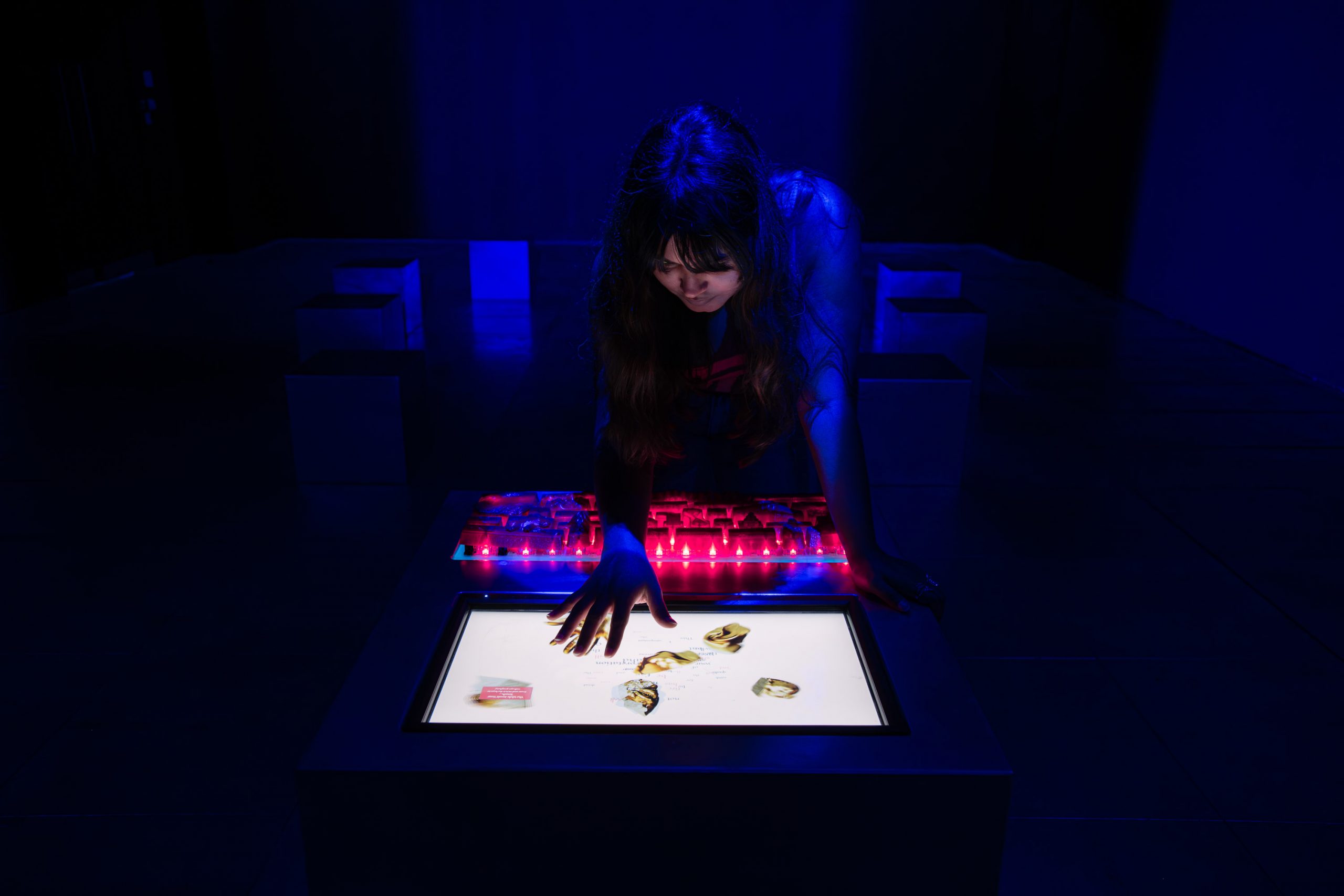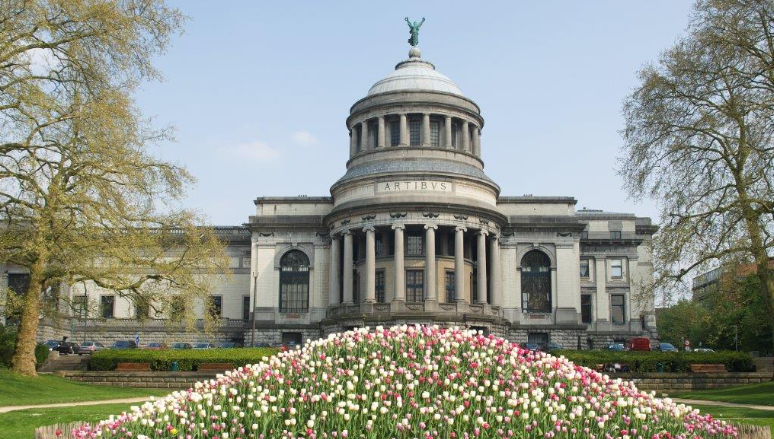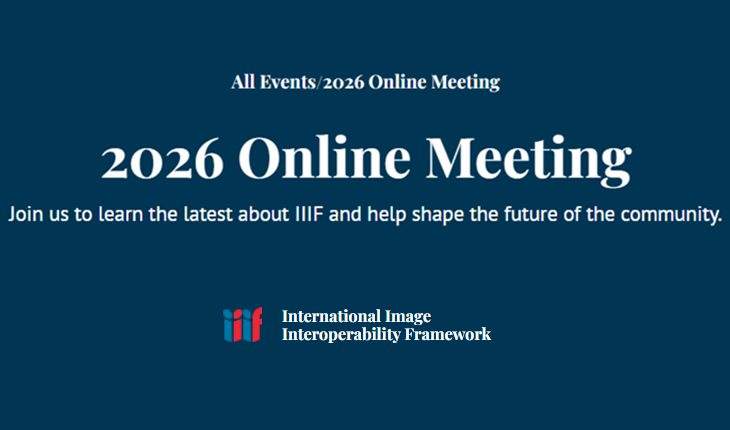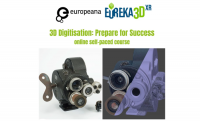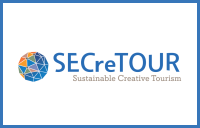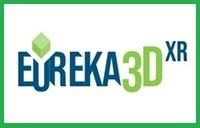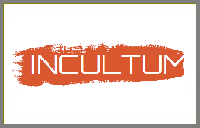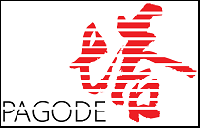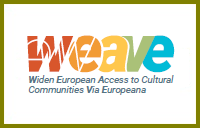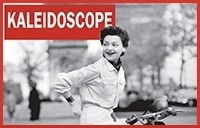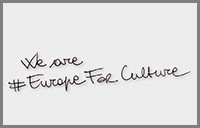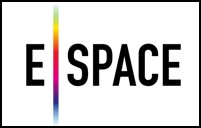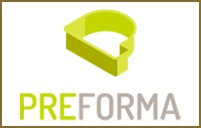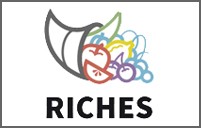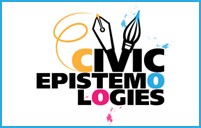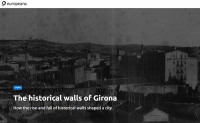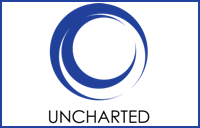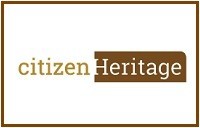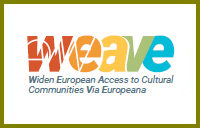 National Széchényi Library in Budapest regards it of utmost importance to make available its collected cultural heritage to the widest possible audience, with the help of the latest, state-of-the-art devices and tools. Aiming at renewing its integrated library system, National Széchényi Library is considering the launch of an advanced system, capable of embracing and integrating systems of other libraries as well as setting up a joint catalogue. We aim at inspiring libraries to plan a common future at forums such as the so-called MOKKA association. As a major first step of jointly brainstorming with other libraries, we are inviting developers of integrated library systems, so that libraries could get first-hand information about the latest developments. As part of this knowledge-exchange process, several presentations have been held in the National Széchényi Library, recorded and published in Videotorium – on topics such as integrated library systems, digitization and web archiving. The events were held in English.
National Széchényi Library in Budapest regards it of utmost importance to make available its collected cultural heritage to the widest possible audience, with the help of the latest, state-of-the-art devices and tools. Aiming at renewing its integrated library system, National Széchényi Library is considering the launch of an advanced system, capable of embracing and integrating systems of other libraries as well as setting up a joint catalogue. We aim at inspiring libraries to plan a common future at forums such as the so-called MOKKA association. As a major first step of jointly brainstorming with other libraries, we are inviting developers of integrated library systems, so that libraries could get first-hand information about the latest developments. As part of this knowledge-exchange process, several presentations have been held in the National Széchényi Library, recorded and published in Videotorium – on topics such as integrated library systems, digitization and web archiving. The events were held in English.
The next occasion will be on Monday June 25, 2018, from 1 p.m. until 5 p.m., when software and service provider Arkivum will hold a software presentation in the Ceremonial Hall of NSZL.
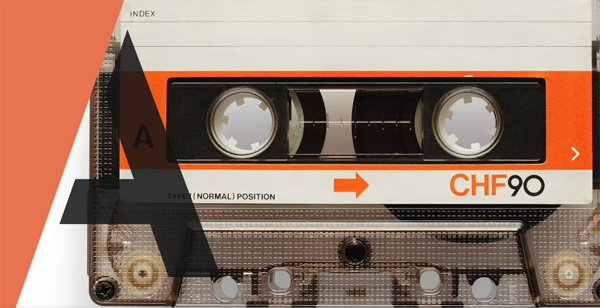
We would like to invite you to take part in this event, if you are interested how to solve the Long Term Preservation in your institution, or if you are curious about how the Hungarian library community is trying to establish a platform of cooperation in this respect. You will learn also about how NSZL is involved in the FOLIO community www.folio.org and how the Arkivum solution fits into the FOLIO framework.
Please register to the event here: http://www.oszk.hu/en/registration-arkivum-day-budapest
More details: http://www.oszk.hu/en/events/arkivum-library-professional-presentation



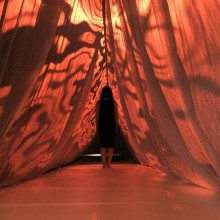
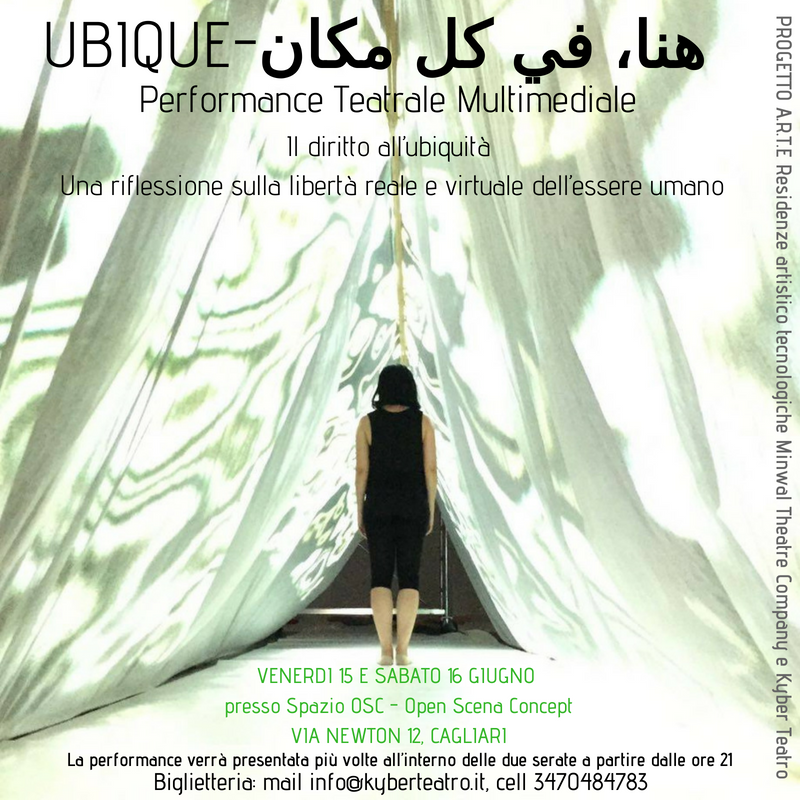
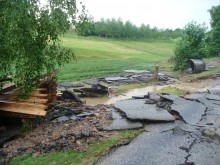
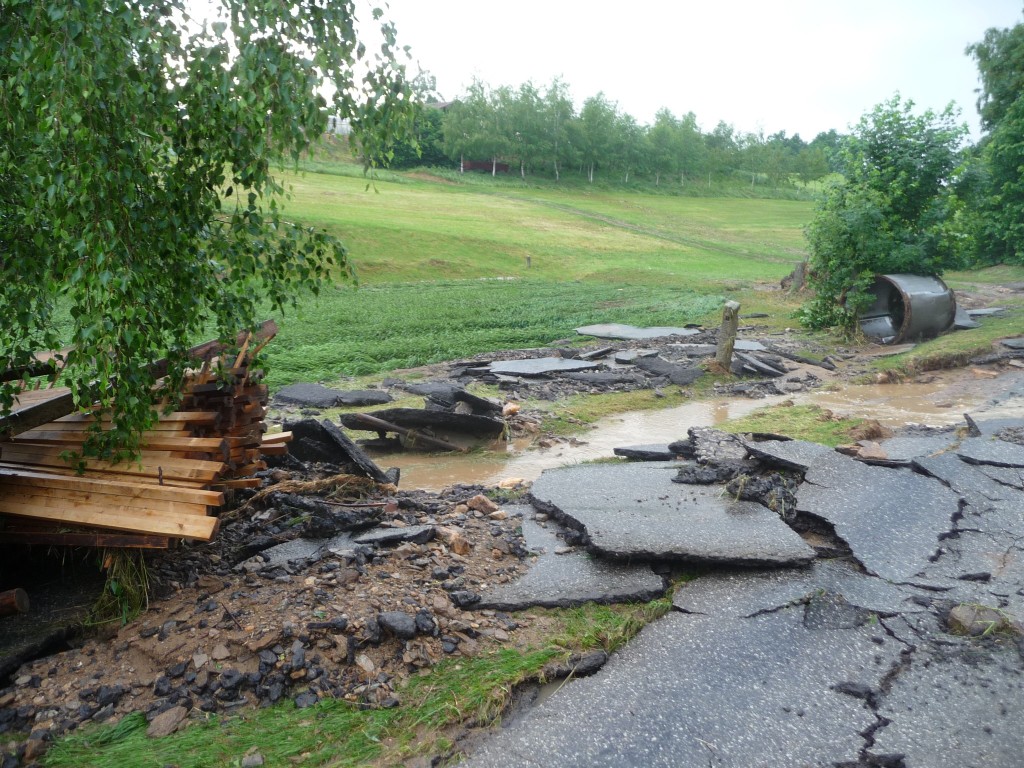

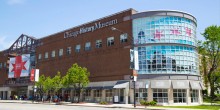

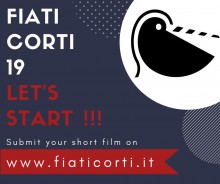


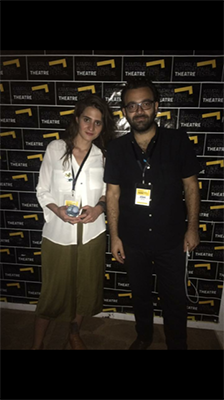 Minwal Theater Company is a Lebanese theatre company awarded last year at the third edition of Le Meraviglie Del Possibile, LMDP International Theater art and new technologies’ Festival, with their work BARZAKH | Isthmus, in December 2016.
Minwal Theater Company is a Lebanese theatre company awarded last year at the third edition of Le Meraviglie Del Possibile, LMDP International Theater art and new technologies’ Festival, with their work BARZAKH | Isthmus, in December 2016.
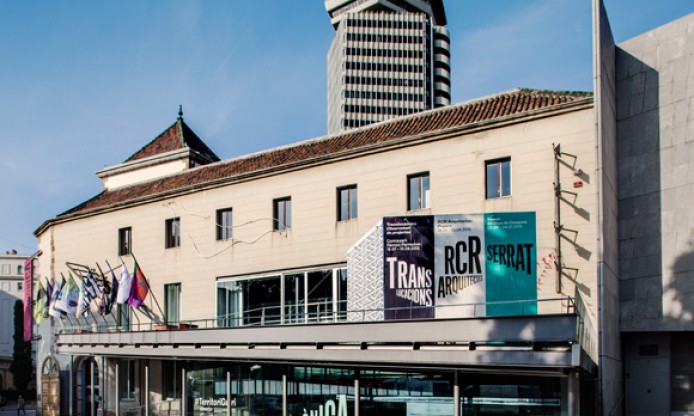
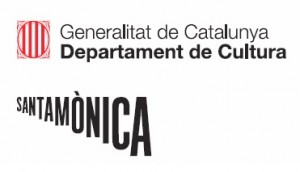
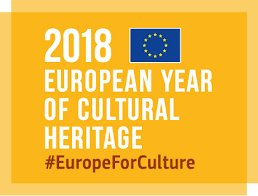



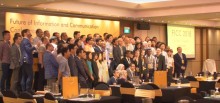

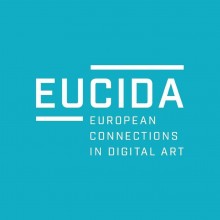
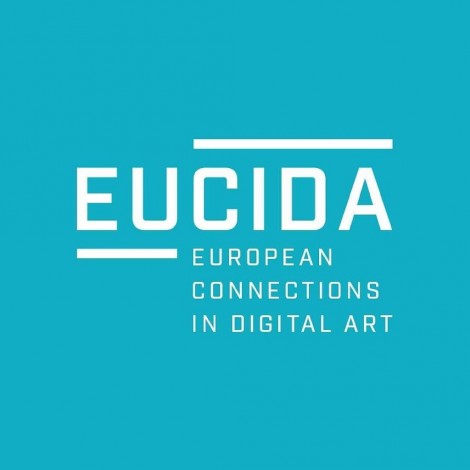 EUCIDA is a EU Creative Europe project led by South Dublin Arts Centre Company Ireland, in partnership with Le Département du Territoire de Belfort (France) and Rezeknes Novada Pasvaldiba (Lativa). It is an interactive and innovative community of digital, media and technology artists, curators, researchers and cultural workers, connecting to imagine new ways of artistic mobility, to use technologies as a vector and to augment the sharing of experience, creative practice and opportunities transnationally both for artists and new audiences in reality and virtually.
EUCIDA is a EU Creative Europe project led by South Dublin Arts Centre Company Ireland, in partnership with Le Département du Territoire de Belfort (France) and Rezeknes Novada Pasvaldiba (Lativa). It is an interactive and innovative community of digital, media and technology artists, curators, researchers and cultural workers, connecting to imagine new ways of artistic mobility, to use technologies as a vector and to augment the sharing of experience, creative practice and opportunities transnationally both for artists and new audiences in reality and virtually. 
